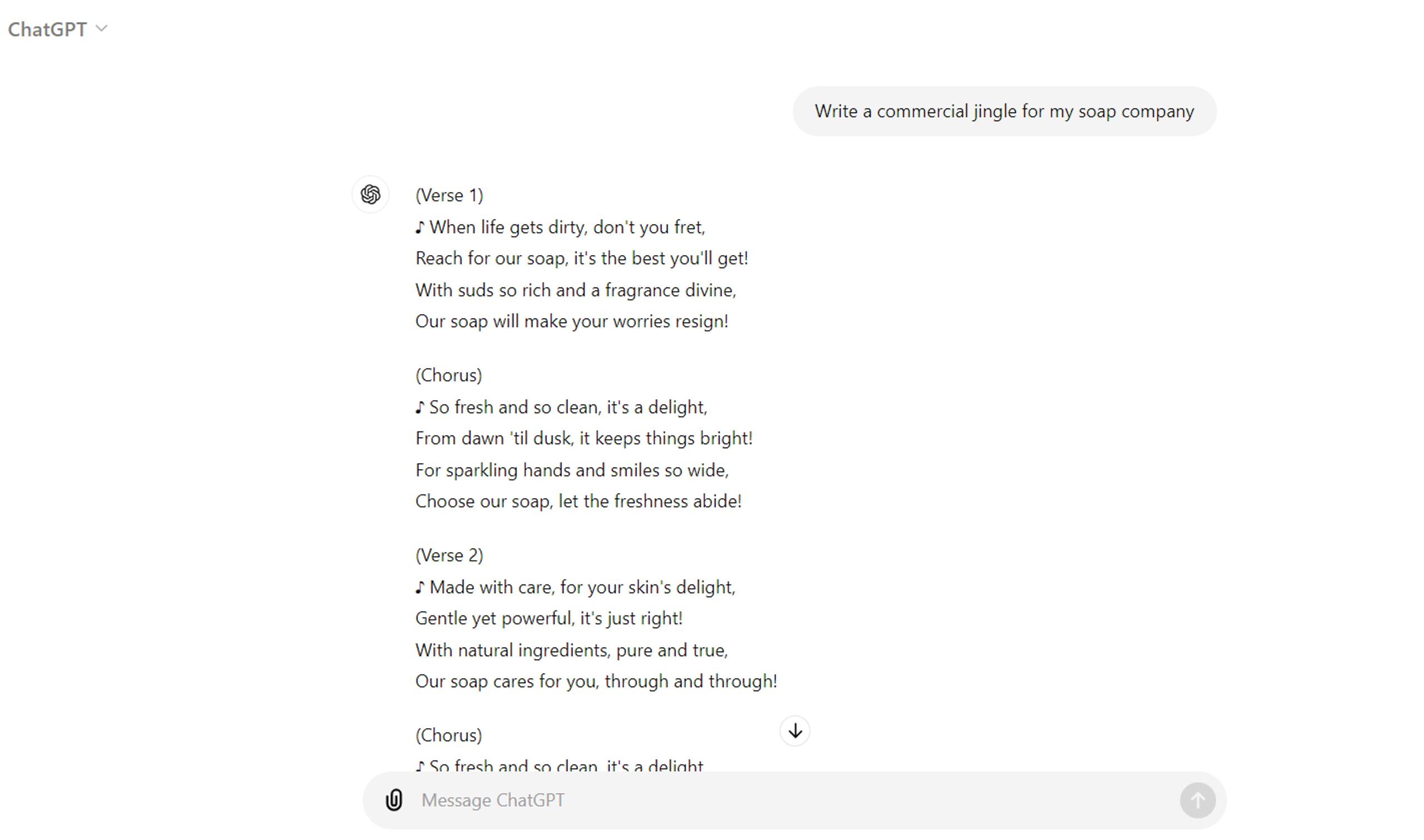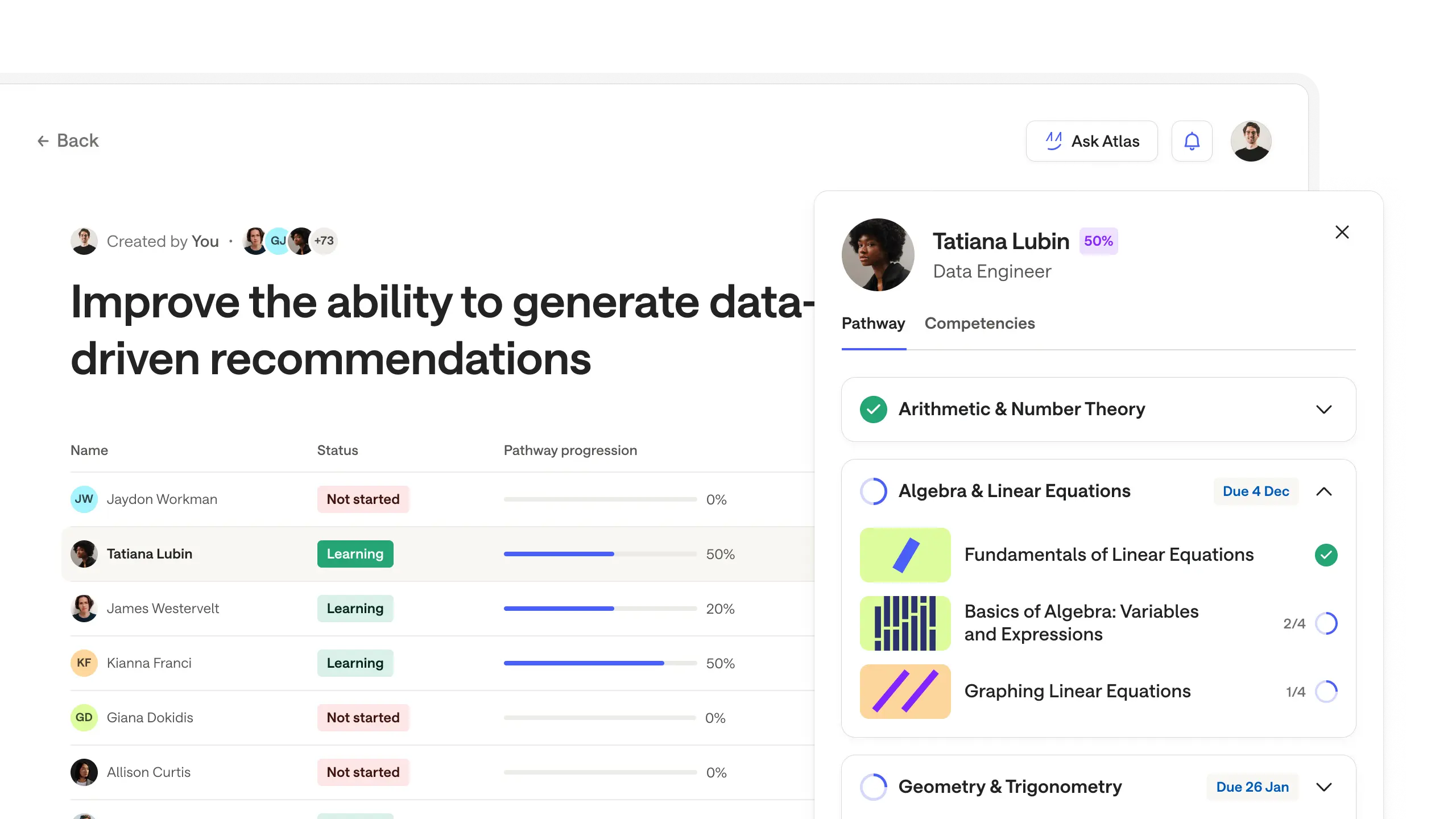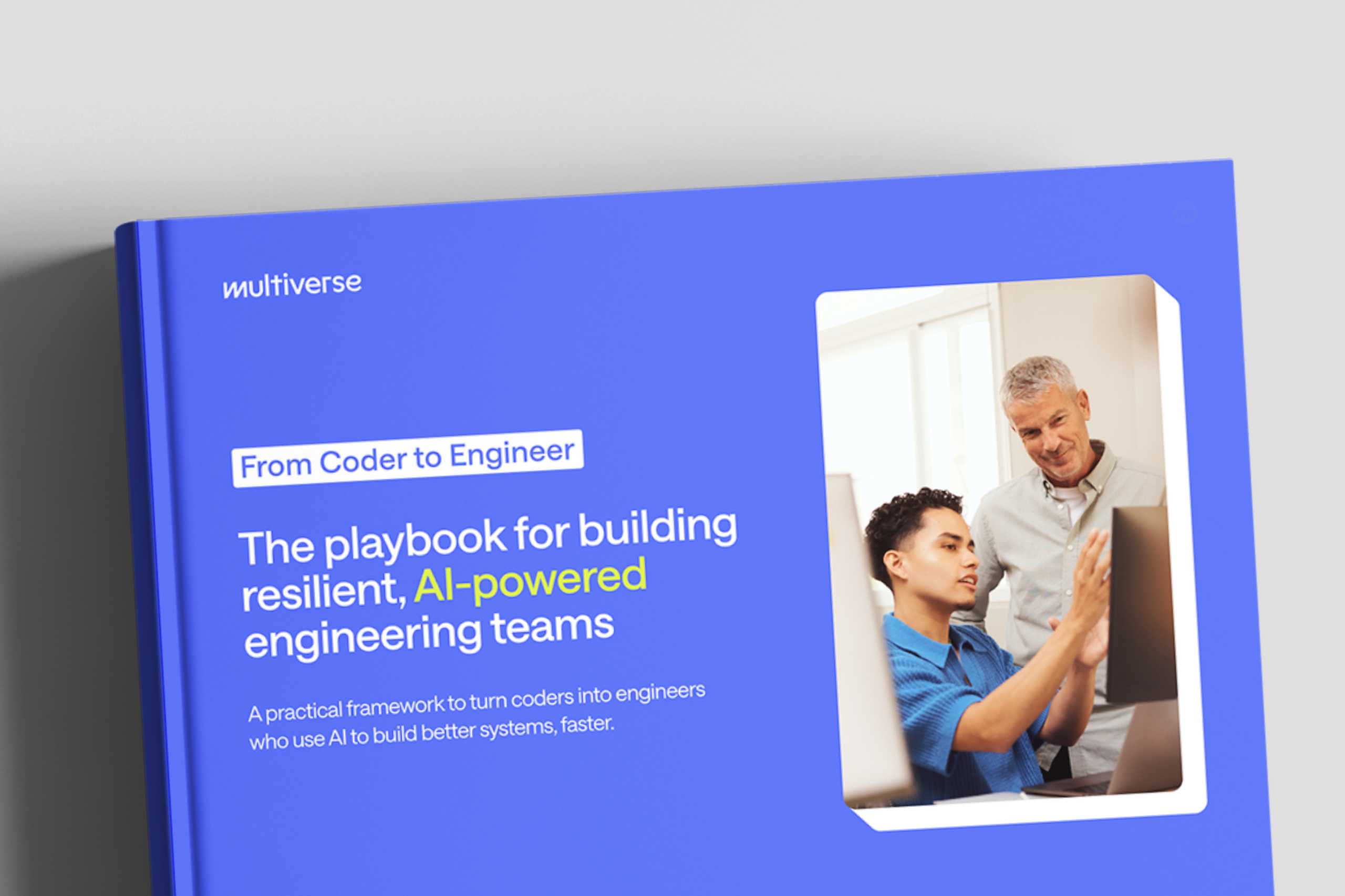If you follow artificial intelligence (AI) trends, you may have noticed the growing demand for professionals with prompt engineering skills(opens new window). But what is prompt engineering?
Prompt engineering involves giving precise and detailed instructions to generative AI tools to produce high-quality outputs. For example, you can use prompt engineering to help an AI tool generate a complex snippet of code or a detailed image. This process helps you get the desired output instead of vague or incorrect results.
Professionals in many industries use prompt engineering to obtain the best results from AI tools. But is prompt engineering a viable career path? This guide explores prompt engineering techniques, current career opportunities, and salary expectations.
Why does prompt engineering matter in the context of generative AI?
Why is prompt engineering important?
Let’s cover some basics. Generative AI models use natural language processing to interpret prompts – or inputs – from users. They then draw on vast databases to produce relevant outputs. But AI models don’t always generate the desired output, especially when asked to perform complex tasks.
Say you prompt ChatGPT to create a lesson plan for a college class on Indigenous novels. A poorly written prompt could cause the AI system to generate content that addresses younger students or uses culturally insensitive stereotypes.
Prompt engineering allows you to craft effective prompts that produce more accurate responses. It also reduces the amount of time you spend fact-checking and revising the outputs generated by AI systems.
What is prompt engineering used for? This discipline has applications in a broad range of professional and creative contexts. Here are a few use cases:
- Audio production - Video Game Developers and Video Editors can prompt generative artificial intelligence tools to create narration and sound effects.
- Code generation - Software Developers use prompt engineering to write code more efficiently. For example, a developer can input specific requirements into GitHub Copilot(opens new window) and receive relevant code snippets.
- Content creation - Prompt engineering allows professionals to generate tailored articles, emails, and other content. For instance, a marketer could ask ChatGPT to write an informative blog post with specific keywords.
- Data analysis - Data Analysts prompt large language models (LLMs) to interpret datasets and generate data visualisations. Generative AI services can also suggest new ways to analyse datasets, leading to fresh insights.
- Image generation - Prompt Engineers can ask text-to-image models to create custom images based on written descriptions. Companies use these generative AI services to create infographics, logos, and other marketing materials.
Examples of prompt engineering with specific tools
By way of example, here are two types of AI-generated outputs — one text and one visual — made by feeding prompts into popular generative AI models.
Prompt engineering with ChatGPT
ChatGPT(opens new window) is an AI chatbot powered by a large language model. It has many applications, from answering questions to writing resumes.
Suppose you want to use ChatGPT to write a jingle for your organic soap business. Here’s the output ChatGPT generates if you input this generic prompt: “Write a commercial jingle for my soap company.”

This output addresses the prompt but lacks humour and emotional appeal. It also doesn’t target a specific audience or reference identifiable products.
Crafting effective prompts lets you generate a more precise and tailored jingle. For example, you could break down the process of creating the jingle into intermediate steps, such as:
- Create a funny and upbeat jingle for Rachel’s Herbal Suds. Focus on the brand’s use of natural ingredients and commitment to sustainability.
- Address the jingle to eco-conscious women in their early twenties who care about gentle skincare and health.
- Include at least two soap puns.
- Limit the jingle to 15 lines or less.
Here’s the final answer when you input this prompt:

This output references the specific brand and includes phrases designed to appeal to the target audience, such as “Join the sudsy revolution.” Subsequent prompts could use different keywords to change the output or ask the AI to address the audience more subtly than "eco gals in your twenties."
Prompt engineering with Magic Media
Magic Media(opens new window) is a free text-to-image model that uses artificial intelligence to translate natural language into visual art.
Say you want to create an image of a cute dog with soap for your company’s marketing materials. Let’s start with a basic prompt: “Create an image of a dog with soap.” Magic Media generates this image:

This image satisfies the prompt but may not fit your desired aesthetic. It also doesn’t make the soap look appealing, so it’s not useful as a marketing image.
A Prompt Engineer can create a more detailed prompt, such as: “Create a marketing image of a cute poodle with soap. Make the soap look lavish and sudsy.”
In response, Magic Media generates these images:


These images depict adorable dogs with a variety of soap products. You could further engineer the prompt to change the background colour, type of soap, and art style.
How to get the most out of prompt engineering: Best practices
Because AI tools rely on natural language inputs, you don’t necessarily need a computer science degree to become a successful Prompt Engineer. Below, we detail some best practices that will help you create prompts to achieve your desired outcomes.
Define the objective
Identify your goal before you start creating prompts. Specific objectives will help you develop focused instructions to guide the AI system.
Here are a few examples of possible goals:
- Prompt the AI to create a dark, dramatic soundtrack for a movie trailer.
- Develop prompts for an AI tutor that explains complex physics concepts to students.
- Craft prompts for a legal AI to summarise Supreme Court decisions.
Provide relevant context
Unlike humans, AI technology doesn’t have previous experiences and contextual understanding. Prompt Engineers must provide relevant background information to get accurate answers. This context could include:
- Constraints
- Desired formats, such as charts or poems
- Expected length
- Industry-specific technical knowledge
- Relevant events
- Tone
Use clear and concise language
Large language models understand human text, but they can’t read the user’s mind. Avoid ambiguity by using concise and precise language.
For example, “Write a two-paragraph email explaining that a shoe order has been delayed due to weather” will generate a more detailed response than “Tell someone their order got delayed.”
Refine your prompt based on the AI’s response
Effective prompt engineering requires iterative refinement. Keep adjusting your prompts in response to the AI’s outputs until you get highly relevant responses. Changing even a single word can drastically alter the outcome, so never settle for the first response.
Experiment with different prompt engineering techniques
Prompt Engineers use many prompting techniques, including:
- Chain of thought prompting - Split complicated tasks into intermediate steps to help large language models engage in complex commonsense reasoning.
- Few shot prompting - Include specific examples to help generative AI models understand the type of response you want.
- Least to most prompting - The Prompt Engineer instructs the AI model to break a problem into subproblems and solve them in order.
- Zero shot prompting - Create simple AI prompts with minimal context.
Understand the limitations of the AI model
Researching the limits of the AI model’s ability will allow you to set realistic expectations. For instance, text-to-image models often generate nonsensical text that the Prompt Engineer must manually replace or erase.
Analyse the final product
Large language models and other AI systems can provide inaccurate or biassed information. Always check AI generated output carefully for errors and hallucinations(opens new window).
Prompt engineering as a career
Prompt engineering is a relatively new discipline, but people with AI skills can pursue several career opportunities in this area. Here are two prompt engineering jobs:
Prompt Engineer
A Prompt Engineer uses natural language to create effective AI prompts. They also evaluate AI systems to identify technical issues and improve performance.
Prompt Engineers may work for creative companies to design AI images, videos, and other content. Other companies hiring Prompt Engineers include consulting and tech firms.
According to Glassdoor, the average base salary for Prompt Engineers in the UK is £52K. However, Prompt Engineers also average an additional £9k in bonuses and other non-salary compensation.
Prompt Engineers typically need these skills:
- In-depth understanding of artificial intelligence and machine learning principles, such as supervised and unsupervised learning
- Knowledge of prompting techniques
- Natural language processing skills, including sentiment analysis and text classification
- Proficiency in Python and other relevant programming languages
AI Security Engineer
An AI Security Engineer develops security measures to protect AI systems from cybersecurity threats. For example, they can mitigate prompt injection attacks by manually verifying outputs and filtering user inputs to block malicious prompts(opens new window).
Glassdoor reports that AI Engineers earn an average salary of £51K, while Information Security Engineers earn nearly £62k on average.
AI Security Engineer roles require expertise in these areas:
- Cloud security principles
- Cybersecurity measures, such as encryption and vulnerability management
- Natural language processing and neural networks
Uplevel your AI skills with Multiverse
Prompt engineering is one of the newest career paths in artificial intelligence. The demand for these professionals will likely grow as more companies rely on generative AI to create content and drive innovation.
Multiverse’s free AI Jumpstart module allows apprentices to study prompt engineering, machine learning, and other AI skills while completing a related apprenticeship program. Apprentices also learn how to ethically use AI models in their current roles — all while getting paid to learn as part of a top company.
Complete our easy application(opens new window) to learn more about how Multiverse can help you achieve your career goals in the tech industry and beyond.









